How to Manage a Software Project With No Experience?

For those lacking experience in software project management, overseeing and supervising a technology project can pose many risks.
However, with support from professional technology partners, you can not only gain more peace of mind but also have the opportunity to achieve the best outcomes for your project. This article will guide you on how to manage a software project and choose a suitable technology partner.
1. The 5-step process in software project management
Software project management can be divided into five main steps, each crucial to ensuring the project is completed successfully and on time.
1.1. How to manage a software project #1: Define objectives and requirements
Before starting the project, clearly defining the software’s objectives and requirements is essential. This includes understanding your company's needs, business processes, functional requirements, and constraints related to time and budget.
If you are responsible for overseeing software projects, you are likely familiar with or working directly with those who will use the software in the future. You will need to gather all the stakeholders' requirements and analyze them to better understand what needs to be developed.
Examples:
- If your company needs warehouse management software: You must determine requirements for material management, inventory control, goods handling processes, reporting formats, and integration with devices such as scanners, scales, and RFID technology.
- If you are handling a sales management software project: You must identify requirements for customer management, customer journey management, sales processes, and revenue reporting.
- If you need accounting department management solutions: You must determine requirements for financial management, tax reporting, and financial data reconciliation.
This step can save you significant time in searching for and screening partners.
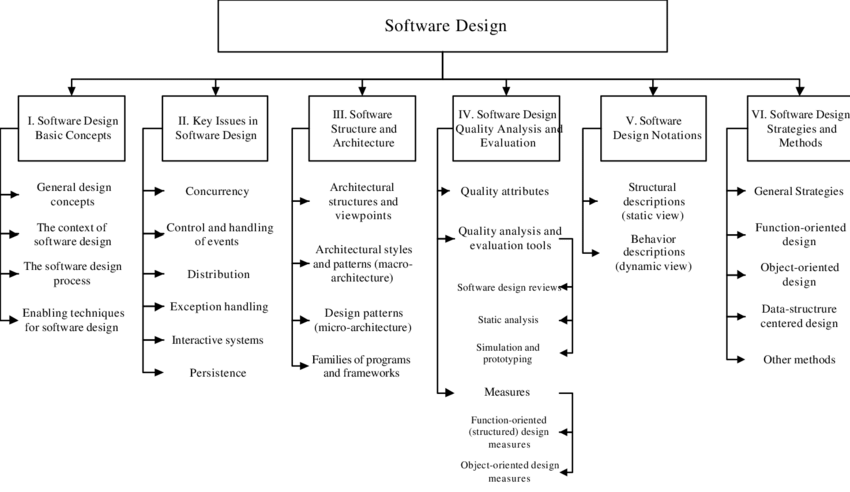
1.2. How to manage a software project #2: ensure the software design matches requirements
1.2.1. Software Design:
Based on the analyzed requirements, create a detailed design for the software. This includes system architecture, platform used, user interface, and technical requirements. If you have an internal IT team, ask them to research and provide development options or sample interfaces. Alternatively, you can share your company's previous operational methods and provide software design requirements according to specific workflows, or request technology partners to research, consult, and propose the most suitable solutions.
Typically, software development companies like Aegona offer end-to-end services including analysis, design, development, implementation, and maintenance. Alternatively, you can entrust a separate company specializing in UI/UX design.
>> Read more: Top 6 Custom System And Software Integration Companies In Vietnam
1.2.2. Software design approval:
Ensure the software design is approved by all stakeholders before starting the development phase. This step not only confirms that all requirements and objectives are correctly understood but also ensures everyone agrees with the design approach.
Remember, digital management solutions should support employees, not create difficulties. The software should not become a complex, hard-to-use tool, as this could lead to resistance and non-acceptance. Instead, the design should optimize workflows and be as user-friendly as possible to improve employee efficiency by eliminating repetitive manual tasks.
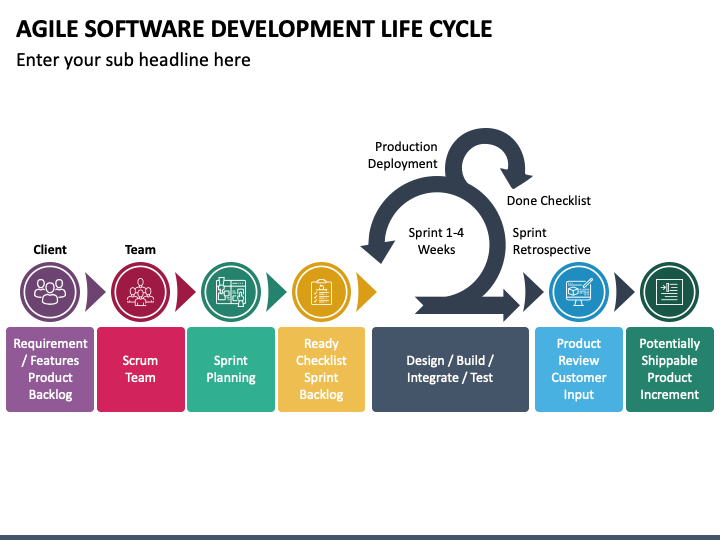
1.3. How to manage a software project #3: Continuous progress monitoring
Monitoring software development progress is a critical step in project management to ensure the project stays on track and meets its goals. Key points in the monitoring process include:
- Regular meetings: You can request regular meetings with the technology partner to maintain development progress and achieve desired results. These meetings allow stakeholders to update the project status, discuss issues, and adjust plans if needed.
- Weekly progress reports: You can request weekly progress reports from the partner to track progress and evaluate the project's status. These reports should include information on completed milestones, remaining tasks, and any issues encountered.
- Issue tracking and management: to ensure all issues are recorded and resolved in a timely manner.
1.4. How to manage a software project #4: Testing
Quality testing is an important step in guiding how to manage a software project management to ensure the final product meets all requirements and expectations. Here are specific steps for effective testing:
1.4.1. Conduct quality testing:
Before officially using the software, perform thorough testing to determine if it operates as expected. This includes checking functionality, performance, and stability under different conditions.
1.4.2. Run test scenarios:
If your company has a QC team, develop and execute test scenarios to ensure all functional and non-functional requirements are tested. These scenarios should include basic functionality testing, compatibility testing, and performance testing.
1.4.3. Proactive user testing:
Before deploying the software, actively use it to experience its functionality. This helps identify issues or areas that may not have been detected during automated testing.
1.4.4. Provide feedback:
After testing, provide detailed feedback to the custom software development partner regarding any issues or areas for improvement. Feedback should be clear and specific to enable the partner to quickly make adjustments and fix errors.
1.4.5. Re-test after improvements:
Once issues are addressed, re-test to ensure that the bugs have been fixed and the software operates smoothly as required.
1.5. How to manage a software project #5: Ensure accurate and fair contract payment
As the software project nears completion, contract payment is an important step to ensure all terms and obligations have been fully met. Steps to ensure accurate and fair contract payment include:
1.5.1. Verify document delivery:
Before making payment, verify and confirm that all related documents, including:
- SRS – Software Functional Specification: Detailed document describing the software’s scope and functionality.
- SAD – Software Architecture Document: Document describing system architecture and implementation guidelines.
- Test Case & Test Result: Test scenarios and actual test results.
Ensure these documents, along with any other contract-required documents, are provided before payment.
1.5.2. Confirm partner’s obligations:
Confirm that the partner has fulfilled all contractual obligations, including but not limited to employee training, technical support, and other specified requirements. This may involve checking progress reports, acceptance records, and related documents to ensure obligations are met as committed.
1.5.3. Verify timely payment:
Ensure payment is made on time and according to the payment terms specified in the contract. If any issues arise, address them immediately with the partner to avoid delays and affect the collaboration relationship.
1.5.4. Store payment records:
Keep all payment receipts, invoices, and related contracts for transparency and ease of future management and review. These documents can also be useful in resolving disputes or during audits.

2. Agile Scrum – effective software project management
If you are tasked with managing a digital transformation project and need a reliable software partner for development and project management, especially if you lack extensive IT project experience, consider companies that use the Agile Scrum model. This is a flexible project management methodology that has proven effective in software development. This approach helps improve responsiveness to changes and ensures the project stays on track.
Key features of the Agile Scrum model include:
- Sprint: The project is divided into short phases called sprints, usually lasting 2 to 4 weeks. Each sprint includes specific tasks to complete, making it easier to engage in discussions and track the technology partner’s work.
- Daily standup meetings: Daily meetings help team members update on work status and resolve issues promptly. This improves coordination and communication within the team.
- Product backlog: A list of requirements and features that need to be developed, prioritized and updated regularly. This ensures that the most important features are developed first and your requirements are addressed timely.
3. Aegona – A software development company using Agile Scrum model
Aegona is a professional custom software development company in Vietnam that uses the Agile Scrum model to support effective software project management. We are committed to providing software development and project management services using Agile Scrum methods, helping you overcome challenges in controlling and supervising work, ensuring the project stays on track, meets expectations, and achieves desired results.
Benefits of working with Aegona:
- Flexible project management: Utilizing the Agile Scrum model allows for flexible and efficient project management, with the ability to quickly adapt to changes and continuous improvement.
- Accurate progress tracking: our tools and processes help monitor project progress and manage emerging issues effectively.
- Top-quality software: we are committed to delivering high-quality software that fully meets customer requirements and standards.
Managing a software project without prior experience can be challenging, but with a structured approach and the right support, it is achievable. By following the five-step process—defining goals and requirements, ensuring design alignment, continuously monitoring progress, conducting thorough testing, and managing contract payments—you can navigate the complexities of software project management effectively.
If you're seeking professional guidance and support to navigate the complexities of software project management, reach out to Aegona. Our team of experts is here to assist you every step of the way, ensuring your project’s success and helping you achieve your goals.
>>Read more: The True Cost Of Hiring Developers In The Asia | Vietnam, China, Singapore, India
Call for more information and support from Aegona’s expert team!
AEGONA LTD - IT SERVICE & SOFTWARE DEVELOPMENT
Email: [email protected]
Phone: Office: (+84) 28 7109 2939. Hotline: (+84) 91 451 8869 | (+84) 83 940 5469
WhatsApp: (+84) 91 451 8869
Website: www.aegona.com, www.aegona.vn
Address: Orbital Building (QTSC Building 9), Quang Trung Software City, District 12, Ho Chi Minh City, Vietnam.
related post
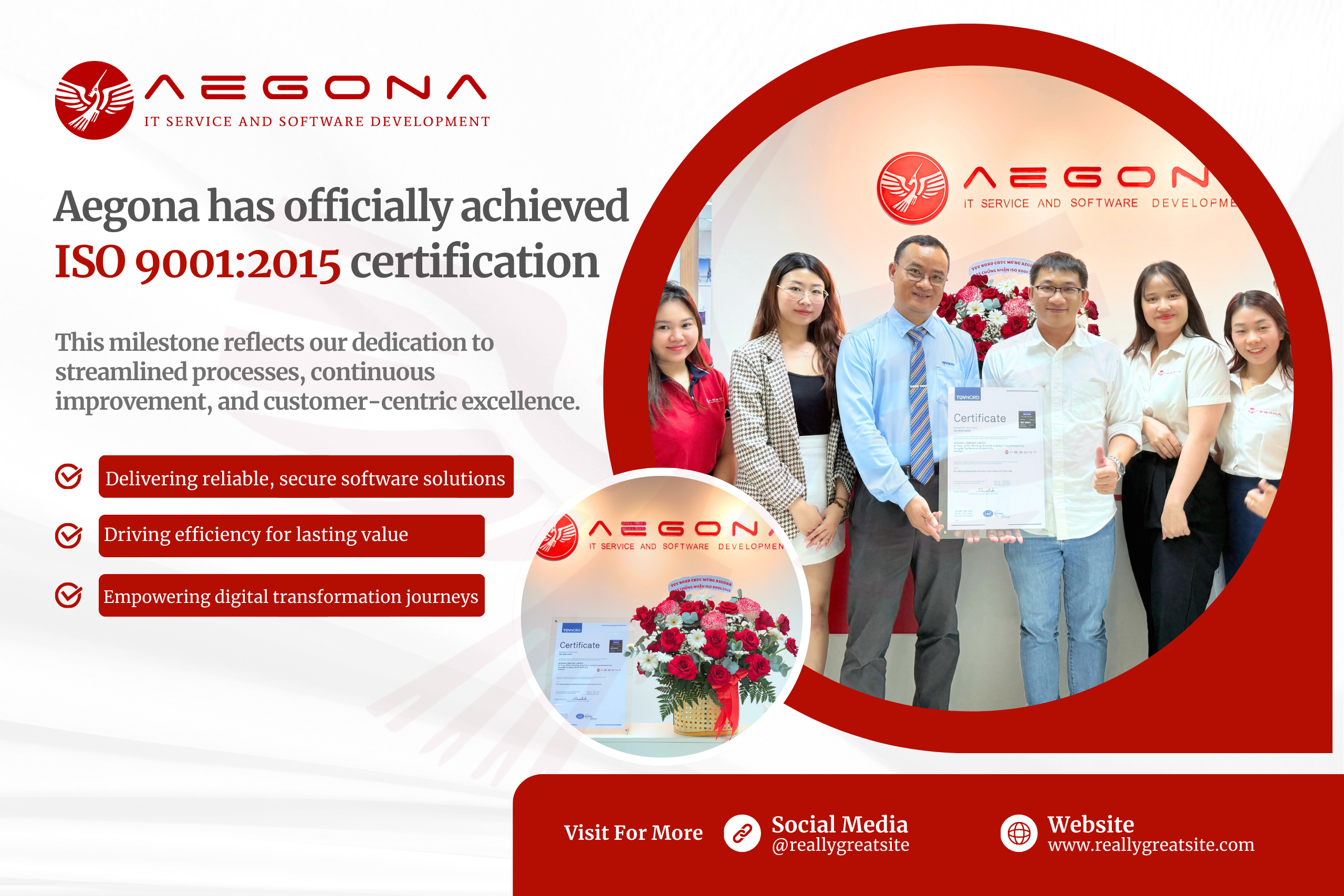
We are proud to announce that Aegona has officially achieved ISO 9001:2015 certification, an internationally recognized standard for quality management systems.
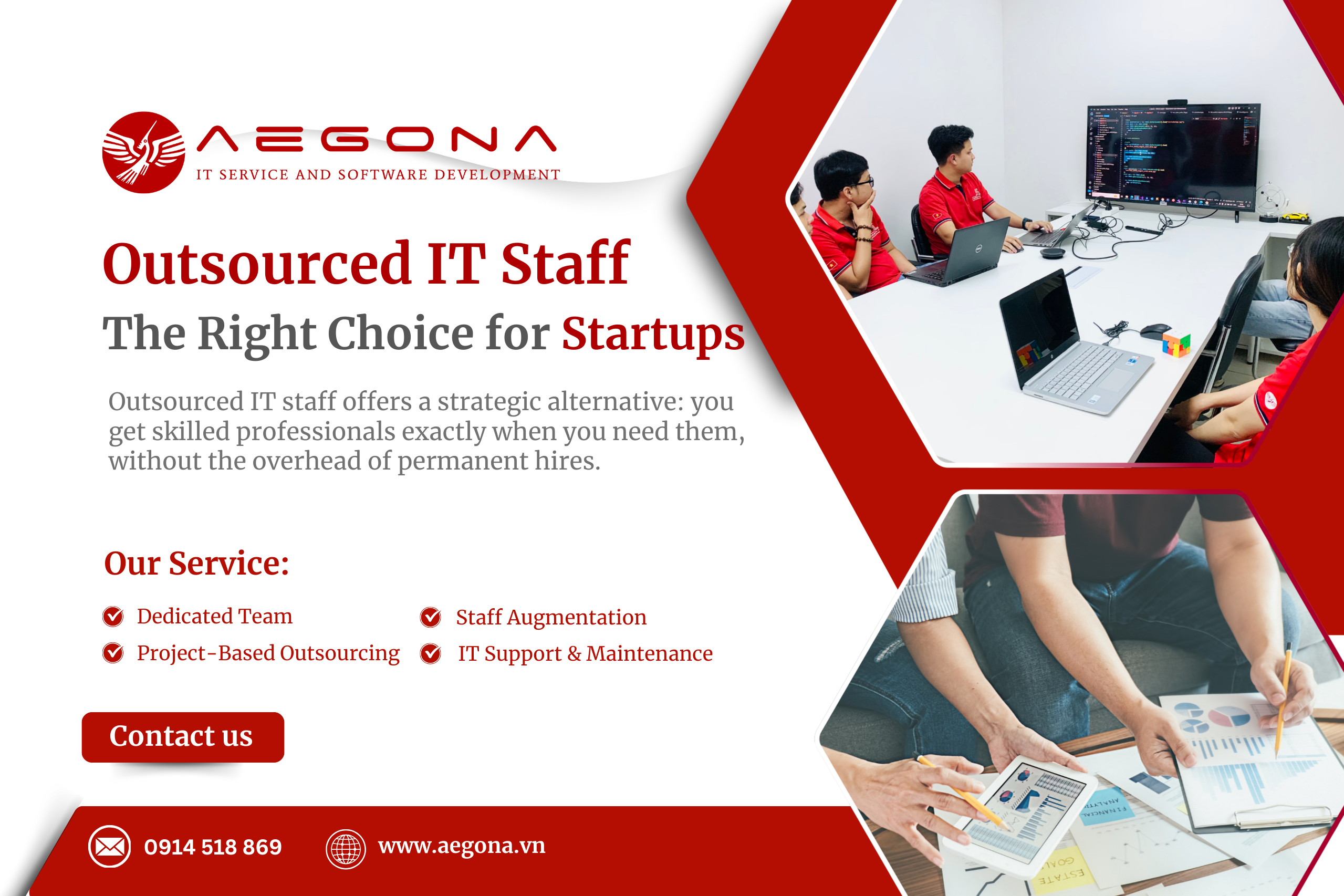
Outsourced IT staff offers a strategic alternative: you get skilled professionals exactly when you need them, without the overhead of permanent hires.
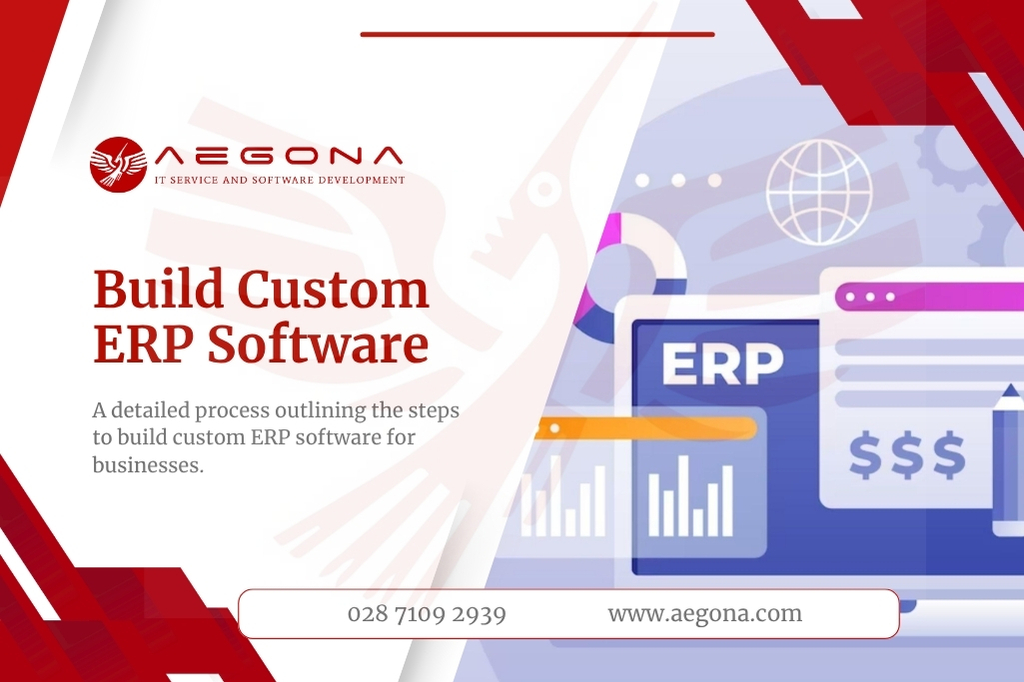
Build custom ERP software to streamline operations, boost efficiency, and fit your business needs. A complete step-by-step guide.
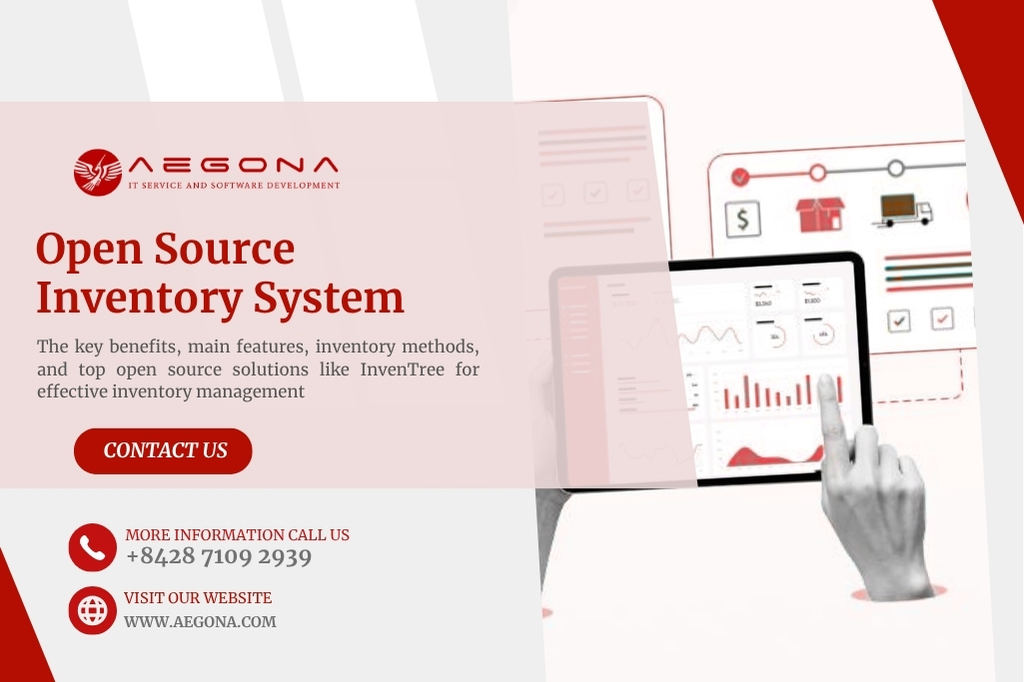
Discover the best open-source inventory systems like InvenTree. Learn key features, benefits, and tools to optimize warehouse and inventory operations.
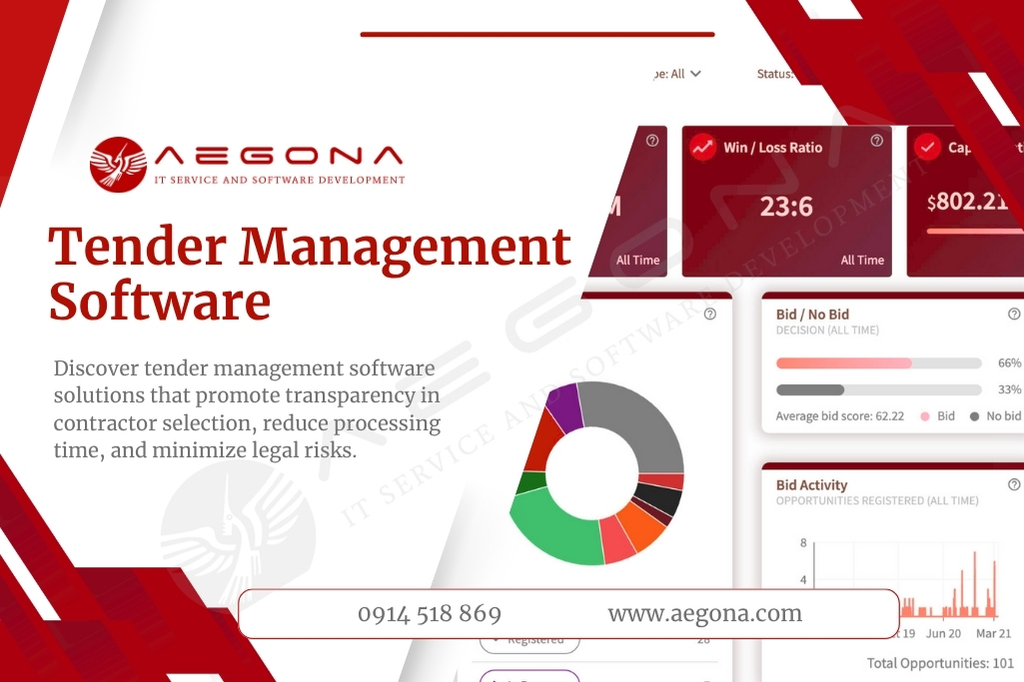
Discover how Tender Management software streamlines bidding, boosts efficiency, and when to choose a custom-built solution.
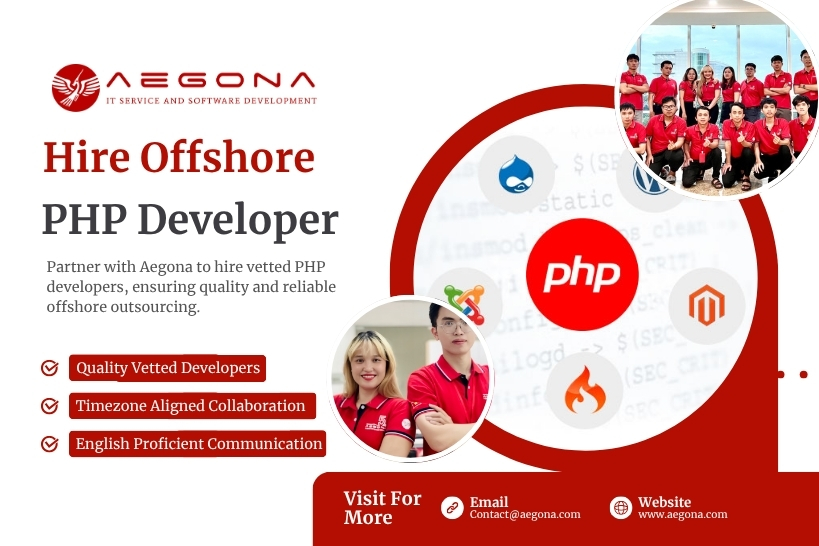
Discover the benefits of hiring offshore PHP developers in Vietnam and explore a step-by-step process to build a skilled, cost-effective development team.
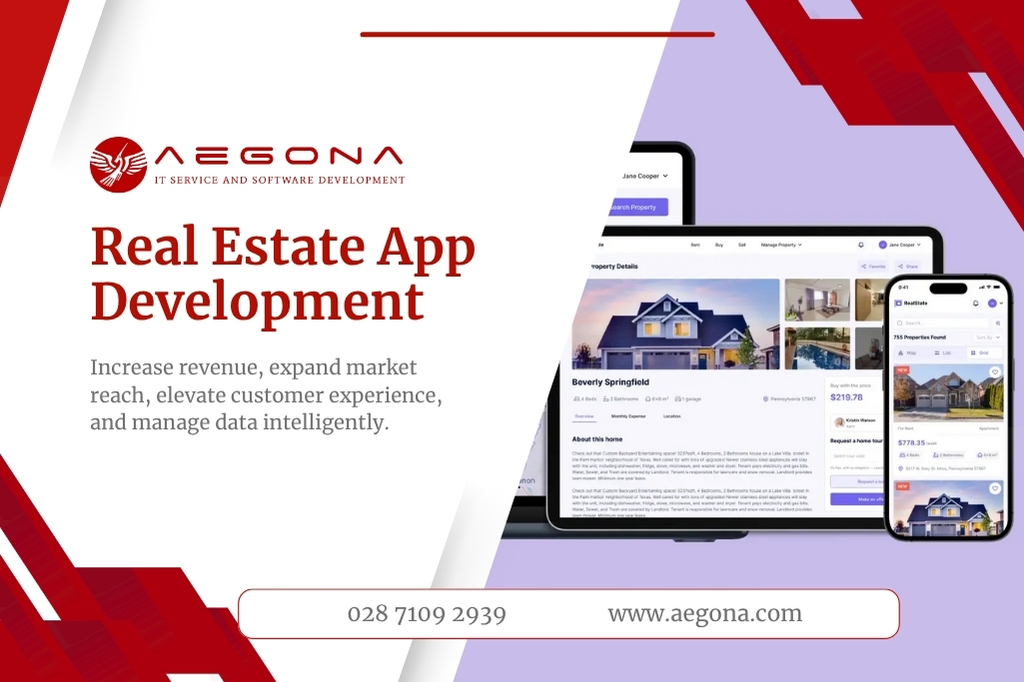
Discover the key benefits and features of real estate app development in Vietnam for businesses aiming to grow in the digital property market.
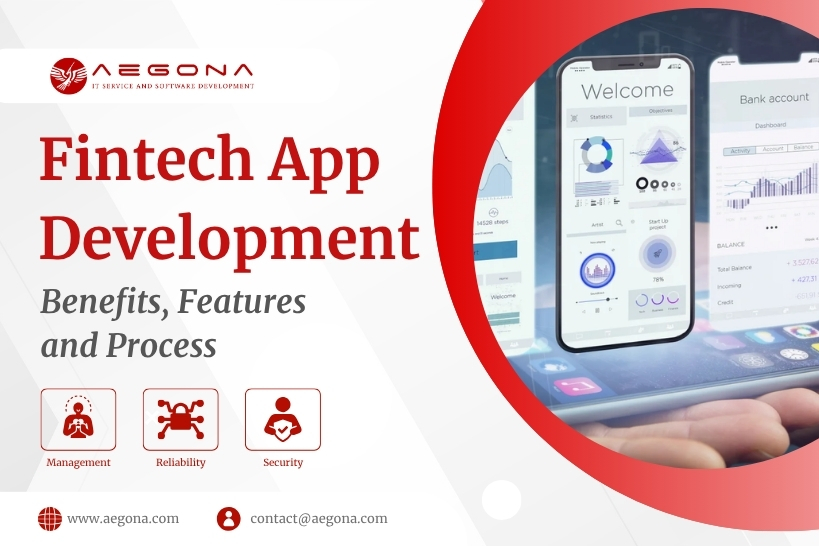
Custom FinTech app development for banking, insurance, payments & more. Secure, scalable, and tailored to your business.

Odoo POS software is becoming an effective alternative to traditional POS systems thanks to its flexible integration capabilities and reasonable cost. Using sales management software plays an essential role in optimizing business operations. This article will help you compare Odoo software and traditional POS systems to find the most suitable option for your business.

the trends, AEGONA highlights 5 IT outsourcing trends expected to accelerate by the end of 2025 — and based on those, suggests four updated business strategies to help Vietnamese firms stay ahead of the game.
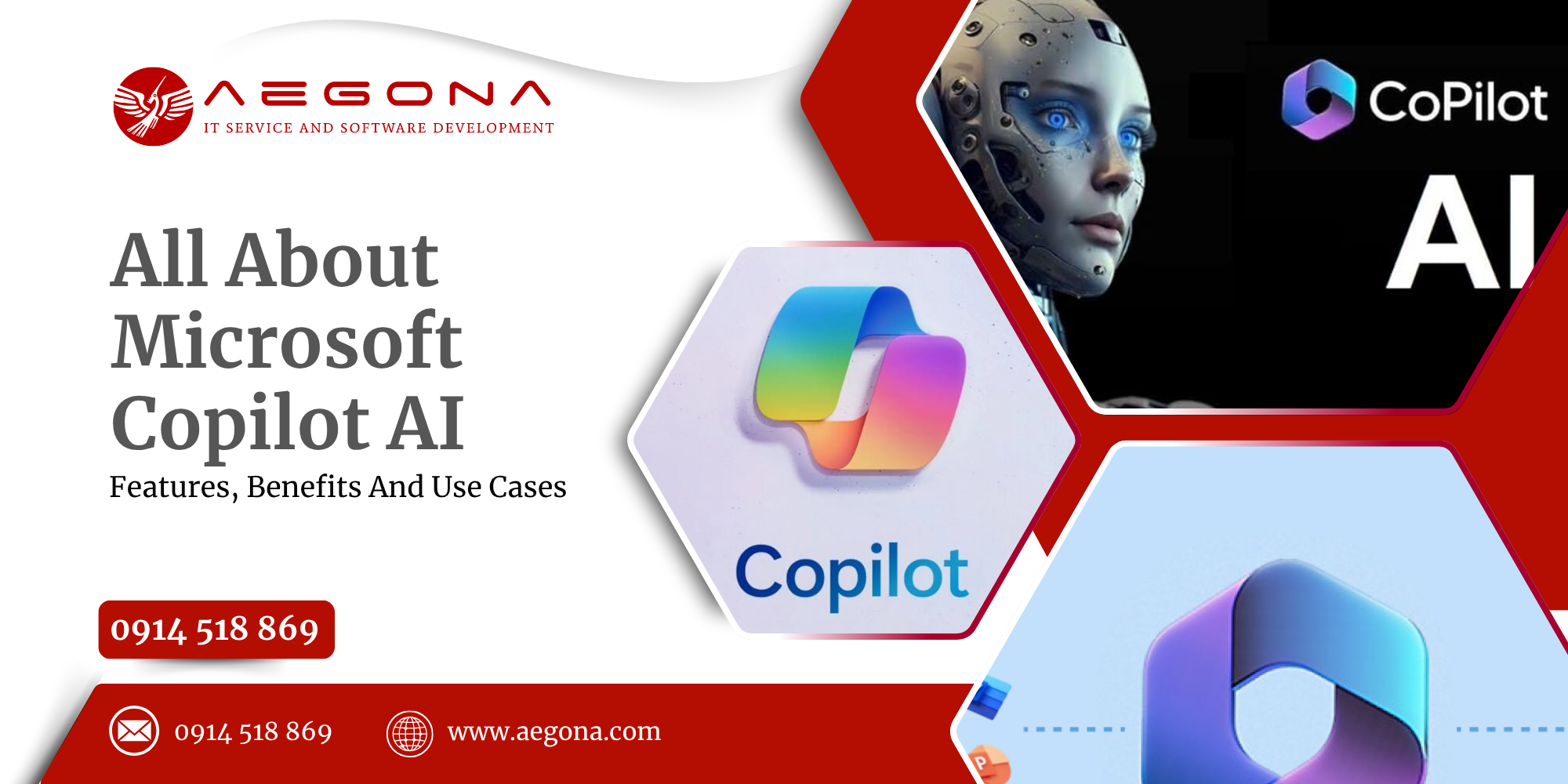
Alongside other big names riding the AI wave, Copilot AI is gaining increasing attention. It’s becoming an indispensable assistant for businesses aiming to accelerate workflows, minimize errors, and optimize operations. So, what exactly is Copilot AI? How does it work, and what benefits does it bring? Let’s explore the full picture below.

RAG LLM Solution (Retrieval-Augmented Generation) seamlessly combines data retrieval with large language models (LLMs) to enable AI systems to deliver accurate, rapid responses, creating optimal user experiences. Aegona proudly stands as a leading software development company specializing in RAG LLM solutions that empower businesses to maximize the potential of AI for sustainable growth.
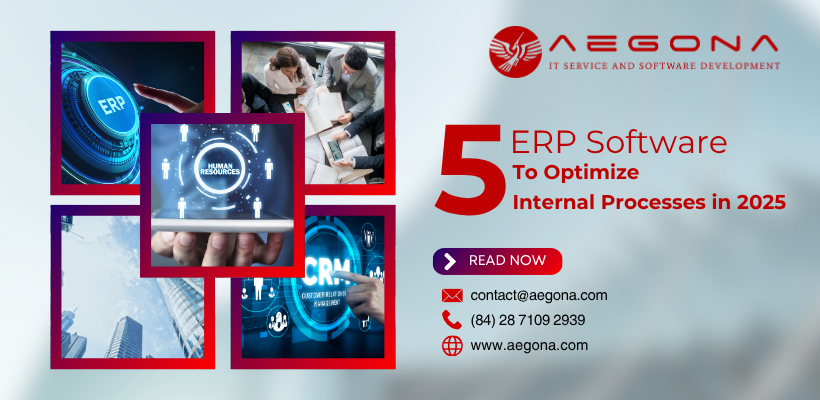
In the rapidly evolving global business landscape, the integration of Enterprise Resource Planning (ERP) software has become essential for streamlining operations, improving productivity, and supporting digital transformation. Enterprise Resource Planning (ERP) software connects core business processes, including HR, finance, sales, supply chain, and customer service, into a unified system that delivers real-time insights and operational efficiency.
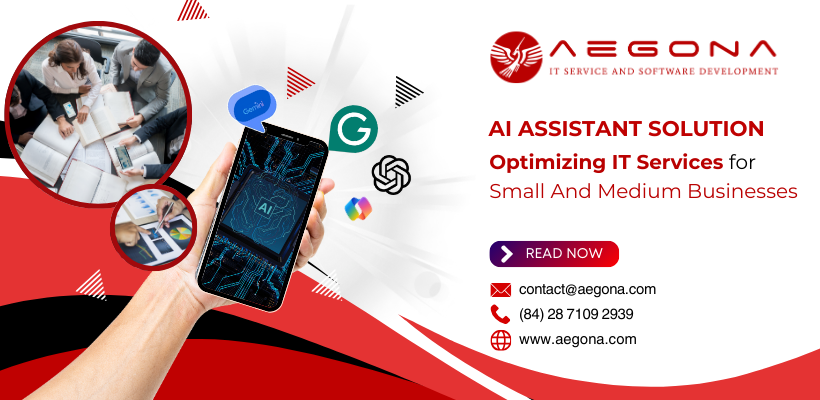
AI Assistant is a powerful tool designed to help businesses automate IT processes, enhance operational efficiency, and improve customer experiences. For small and medium-sized enterprises (SMEs), adopting AI not only helps reduce costs but also creates a significant competitive advantage.
